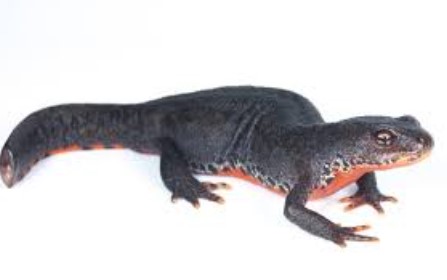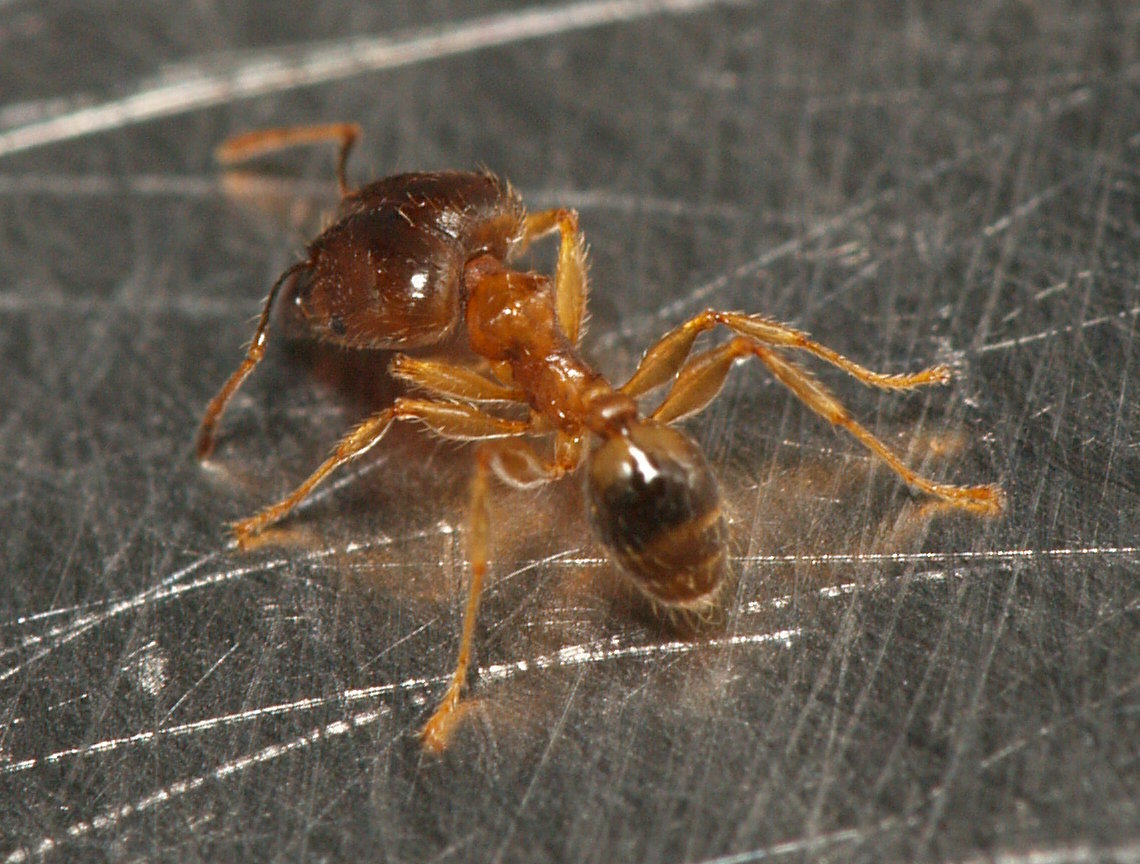Pet escapes are a major pest source
Globally, pet escapes are a major source of pest species and New Zealand is no different. Pet escapes and releases to the wild are a key way that some species can become invasive and spread. New Zealand’s island ecology is particularly vulnerable, and invasive species have a significant impact on our native species and on our primary industries.
A number of animals that are exotic to New Zealand are kept as pets and can be a source of new diseases or can carry hitchhiker pests.
New Zealand has strict biosecurity rules to ensure that new high-risk pet species aren’t brought into the country. However, in the past it was easier to bring in new species and about 1,800 pet species are now considered legally present in New Zealand.
The risks to New Zealand
While most pet traders and owners act responsibly towards their pets and our environment, unfortunately some pets are abandoned, released, or escape. Once a pet species becomes established in the wild it can:
- spread diseases or parasites to native animals, plants, and people
- kill or compete with native animals or plants
- destroy habitats for native wildlife
- cause harm to New Zealand’s agricultural, horticultural, forestry, aquaculture, or fishing industries
- negatively affect the recreational environments that we enjoy.
Managing biosecurity risks
Biosecurity New Zealand has been working with the pet industry, the Department of Conservation, and regional councils to better understand the biosecurity risks posed by the domestic trade in pets already present in New Zealand. Most pet species are unlikely to pose significant risks, but some species that can be legally traded at present appear capable of forming wild populations and causing problems.
| Some pet species that have formed wild populations in New Zealand | |

























